A booze giant like Diageo expends a great deal of effort in trying to predict the future.
From forecasting across its supply chain, to preparing for headwinds like pandemics and geopolitical instability, the ability to glance into a crystal ball is crucial for any company looking to steal a march on its competitors.
But what if it could also foresee what flavours will be popular in the future, and use this insight to shape its innovation pipeline?
That’s the promise of Diageo’s ‘Flavour Forecast’, a new report previewed by its newly formed Breakthrough Innovation Team to a group of journalists in London last week.
“We’re looking for the big macro trends consumers are going to care about in five to 10 years’ time, so that we can work back from them to create propositions so that – by the time that trend materialises – we are ready,” explained Diageo’s chief innovation officer Mark Sandys.
How AI can be used to track emerging food and drink trends
To build its Flavour Forecast report, Diageo partnered with Ai Palette, a Singapore-based startup, to track emerging trends across food and beverages.
The AI and machine learning tool developed by Ai Palette scraps the web, scanning everything from social media to news article mentions and restaurant and bar menus, to determine which flavours are growing in popularity on either a national, regional or global level.
From it, Diageo has identified five trends it claims will “dominate social celebrations this summer and beyond”. They are: ‘umami universe’, ‘spicy spark’, ‘tropical takeover’, ‘treating temptation’ and ‘bloom harvest’.
The findings gleaned are remarkably detailed, and provide a blueprint for how artificial intelligence could be used to inform future NPD in booze.
Diageo can tell us, for example, that guava is having a moment, with conversations about it up 18% in the UK as people incorporate it in juices, eat it dried as a snack, and enjoy it in cocktails.
Conversations about turmeric, meanwhile have grown in the UK (up 79%), with consumers flocking to the ingredient for its health and flavour benefits. Some outlets are adding it to mixed drinks including margaritas.
In the US, gochujang (up 55%) and other Asian flavours like seaweed (53%) and tahini (45%) are also on the up.
How does Diageo decide what products to launch?
With this level of granular insight, there is a risk, however, Diageo could go into an NPD frenzy. How, then, will its Breakthrough Innovation Team decide which trends to focus on and develop products for?
The answer is – once again – data-driven. Sandys described how Distilled, a forecast report published by Diageo in December 2023, had outlined “the most pressing consumer trends facing brands today”.
These trends – which have somewhat abstract names like ‘neo-hedonism’ and ‘betterment brands’ then needed to be “cross-fertilised” with Diageo’s priority categories to work out what to launch, from what brand, in which market, Sandys explained.
Sometimes innovations themselves strike a nerve, and drive trends further. Sandys cited the example of Smirnoff Spicy Tamarind, rolled out in the UK in January.
“I’d love to say we strategically mapped out that spicy was going to be really big,” he said “But actually we launched it in Mexico about five years ago and only ever intended for it to be in that market. But we saw people were buying it to take back to America with them, so we tested it in a few different markets and it worked. So there’s a bit of serendipity sometimes.”
Which brands is Diageo innovating on?
Certain brands or drinks categories also lend themselves better to speculative innovation than others. A flavour variant for Smirnoff or Tanqueray can be developed and launched in a matter of months, whereas a whisky or aged rum with a specific finish or flavour profile will take much longer to come to fruition.
“We’re having meetings about which exotic whiskies to put down into casks as gifts for our successors successors in 10 to 15 years time,” explained Sandys. “But on Smirnoff or on our RTD brands it can be much quicker.”
Its early days, but – on last week’s evidence – the tech looks like it could prove an important tool for Diageo in the years ahead. It’s not quite a crystal ball, but it may well give it the edge on some of its smaller, more nimble rivals.





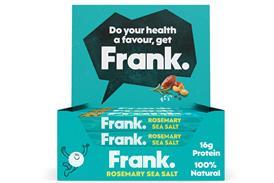





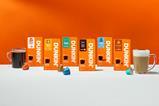

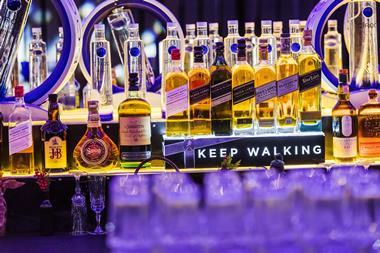


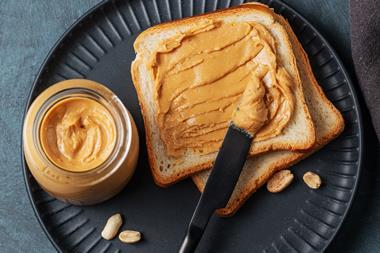
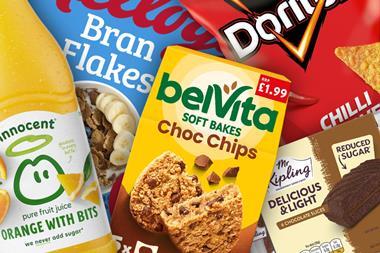
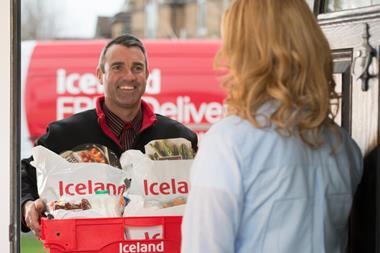
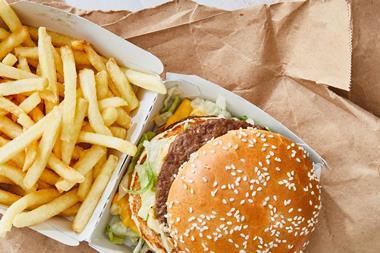





No comments yet